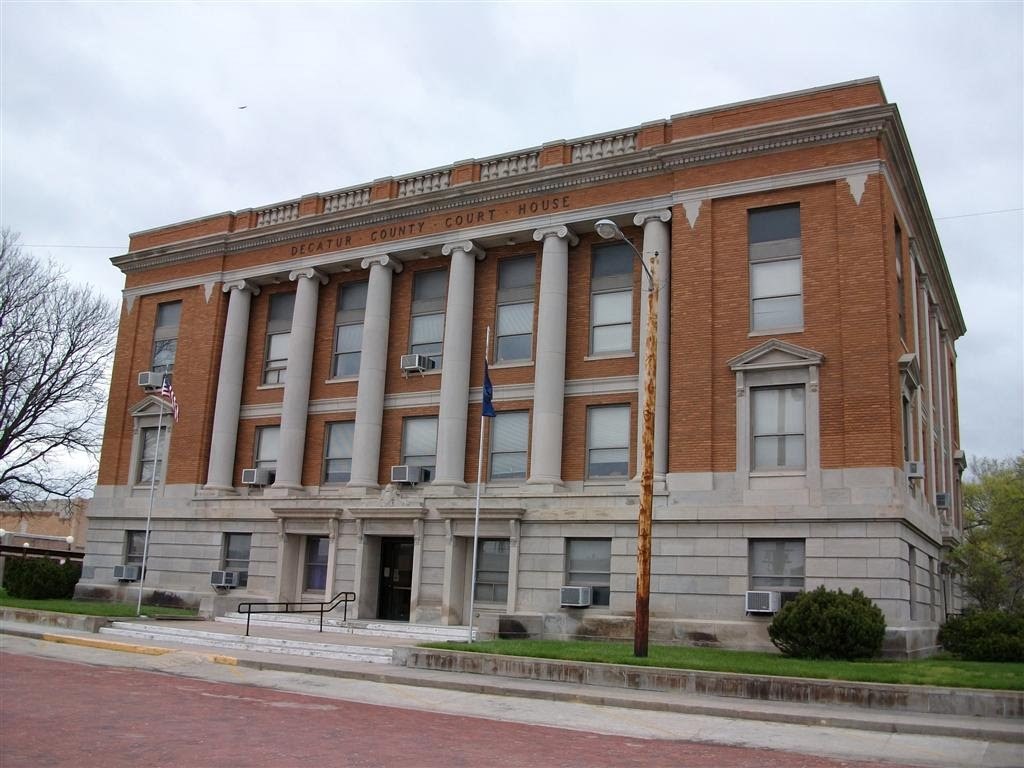-

Original Decatur County Courthouse Now the Landmark Inn -

Landmark Inn Former Courthouse & Bank of Oberlin -
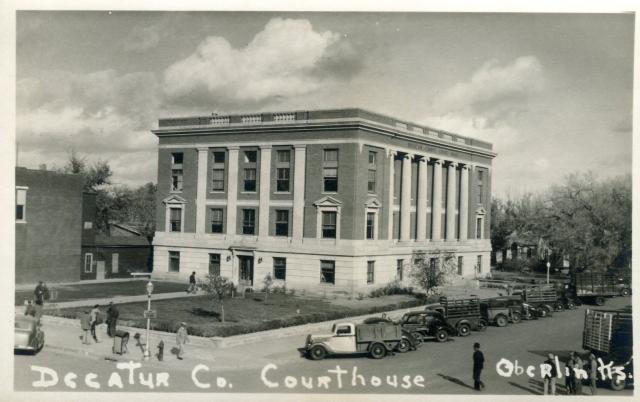
Decatur County Courthouse, undated photo Oberlin -

Decatur County Courthouse, as it stands now -
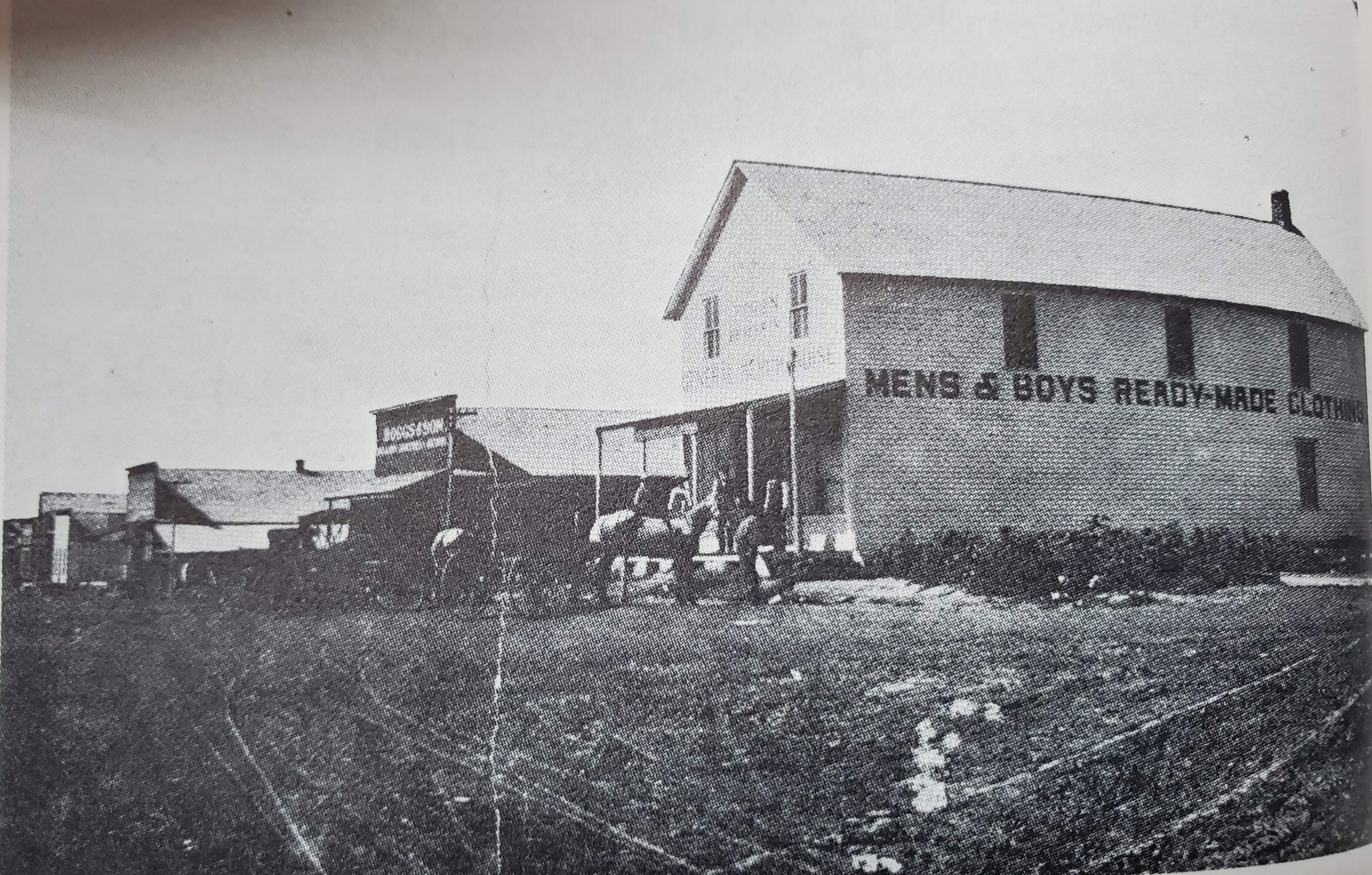
Early Main Street Kanona -
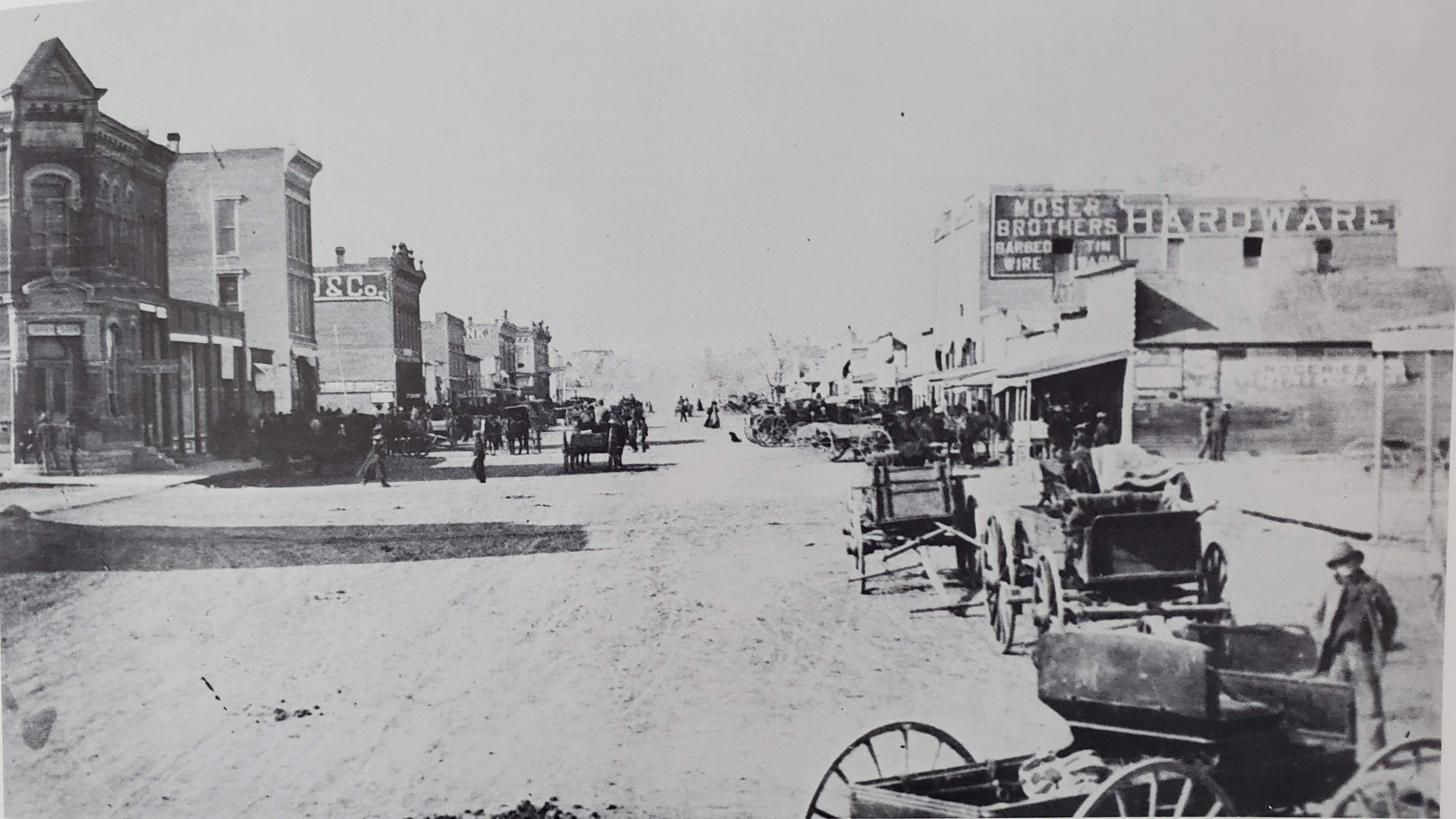
Early Main Street Oberlin -

Early business buildings Oberlin -
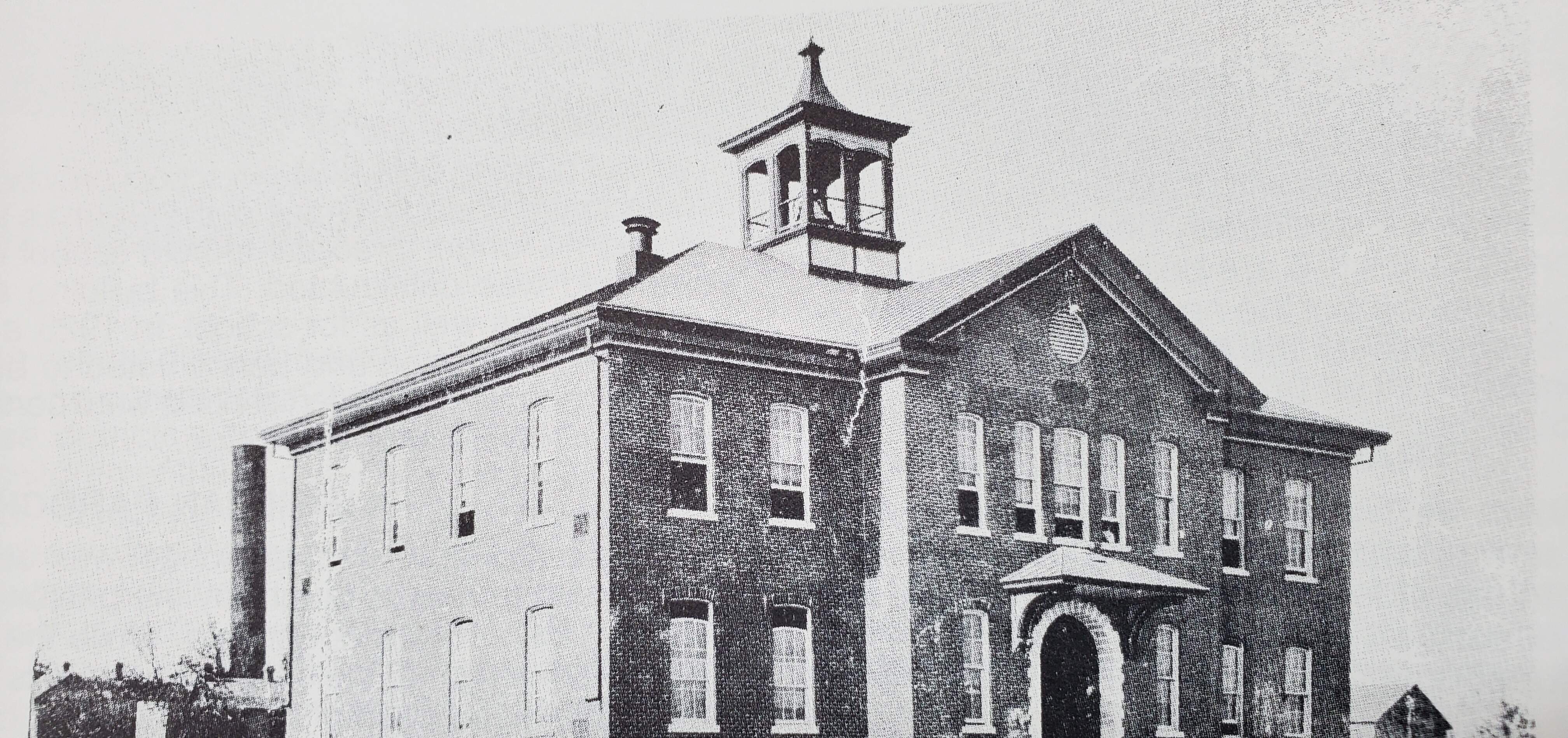
Grade and High School, Oberlin 1888 Cost to build: $10,000 -

Oberlin Grade School Erected in 1926 -
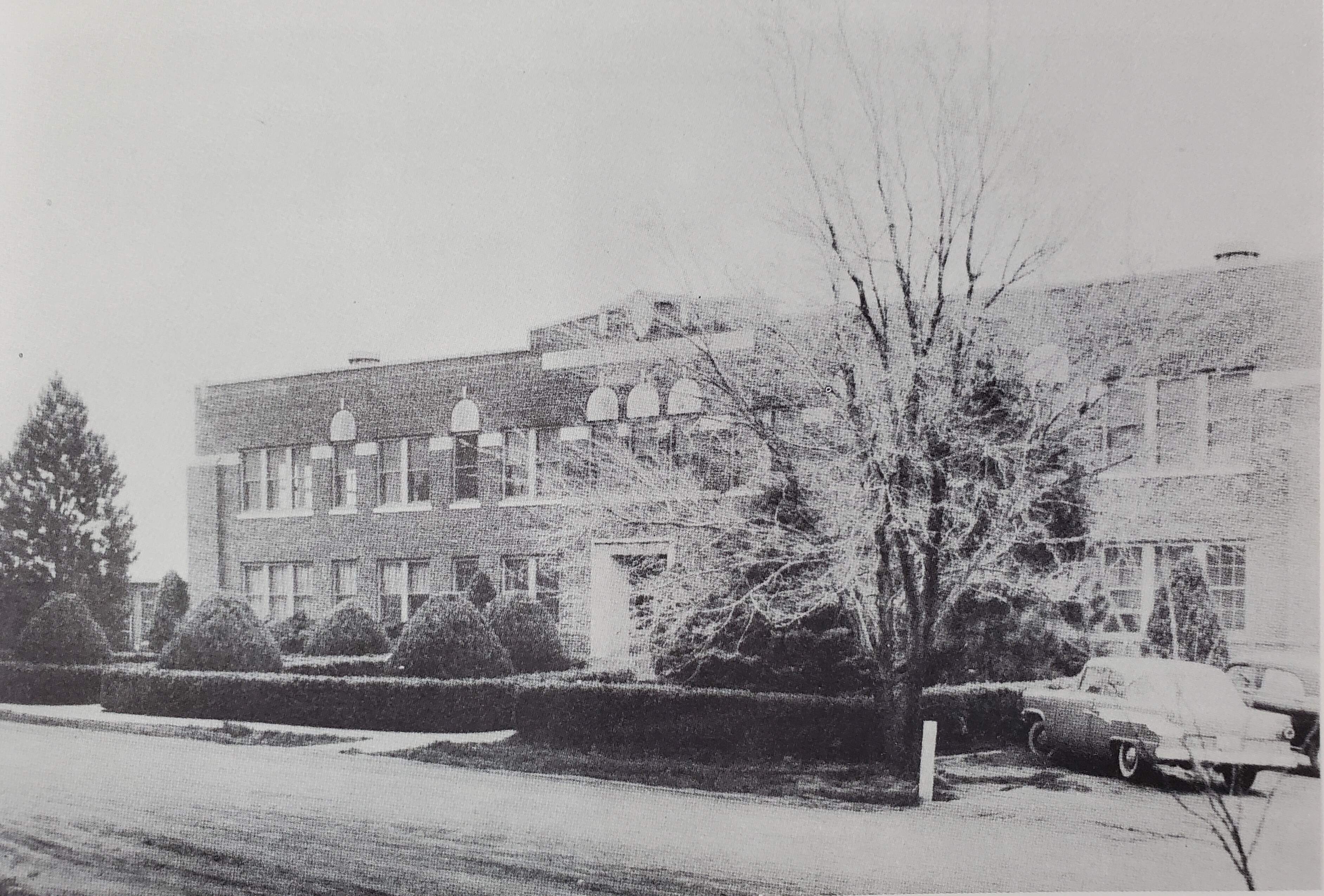
Norcatur Rural High School Now Norcatur City Hall -
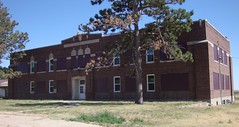
Norcatur City Hall Former Norcatur Rural High School -
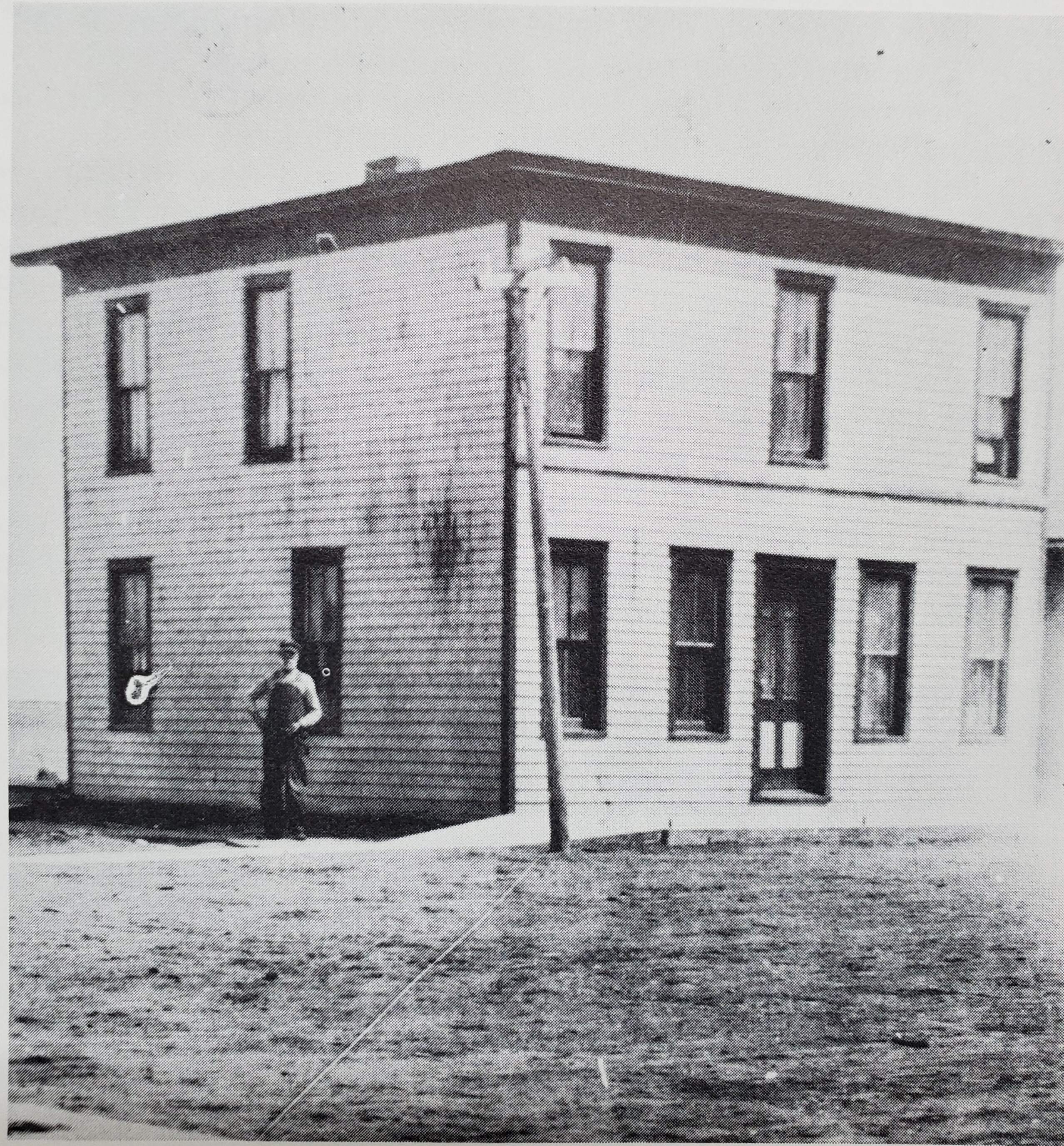
Fawcett Hotel Kanona -
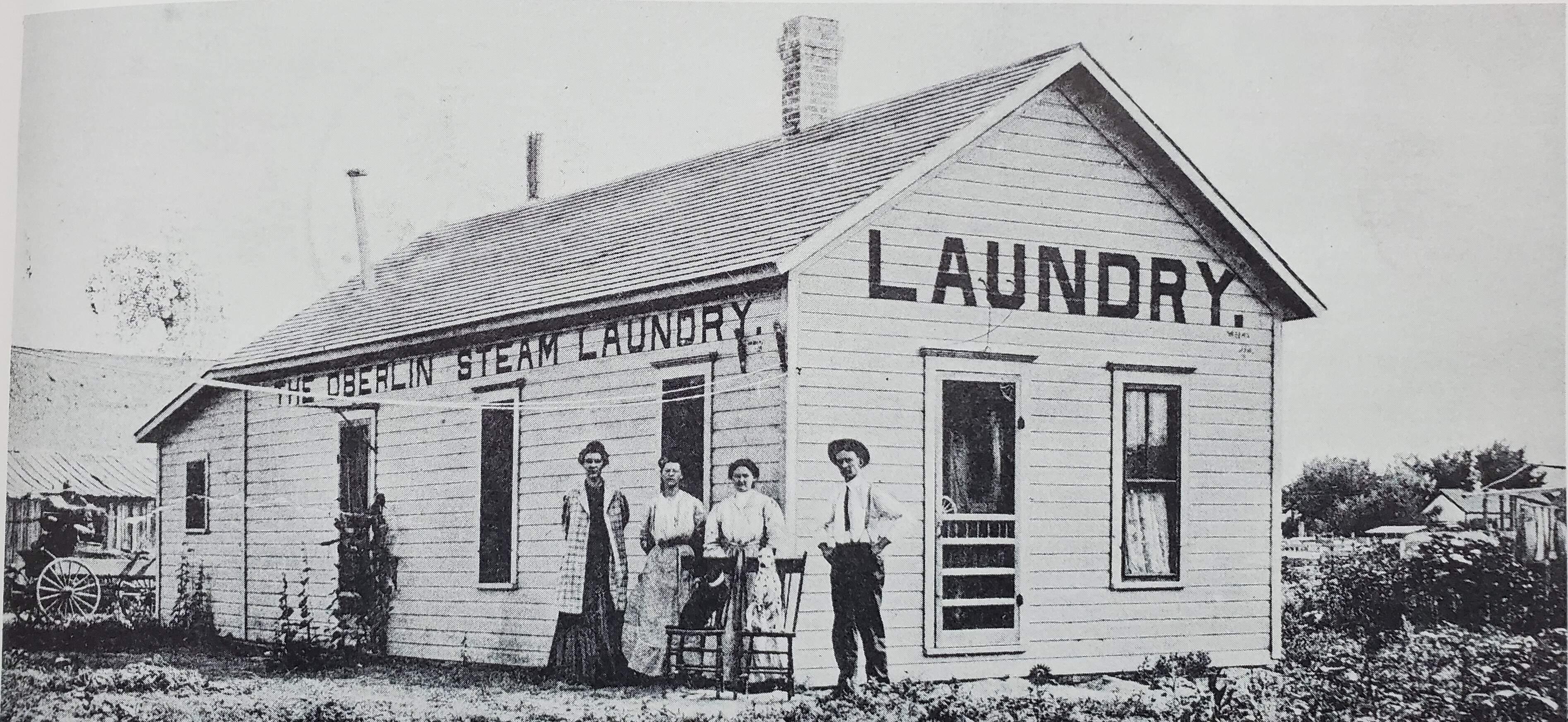
Oberlin Steam Laundry, 1911 Oberlin -
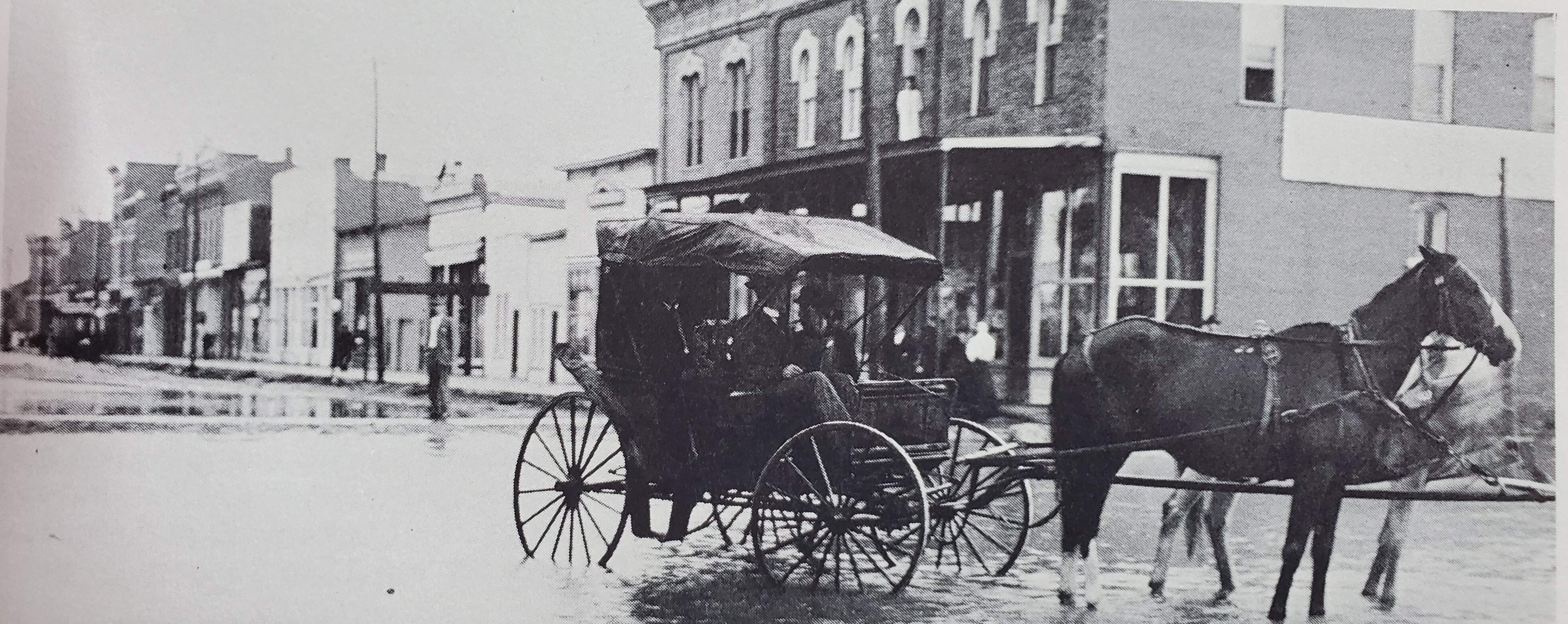
Rain in Oberlin August 12, 1910 -

First school bus - 1927 Model Chevrolet Oberlin -

Original City Hall Norcatur -
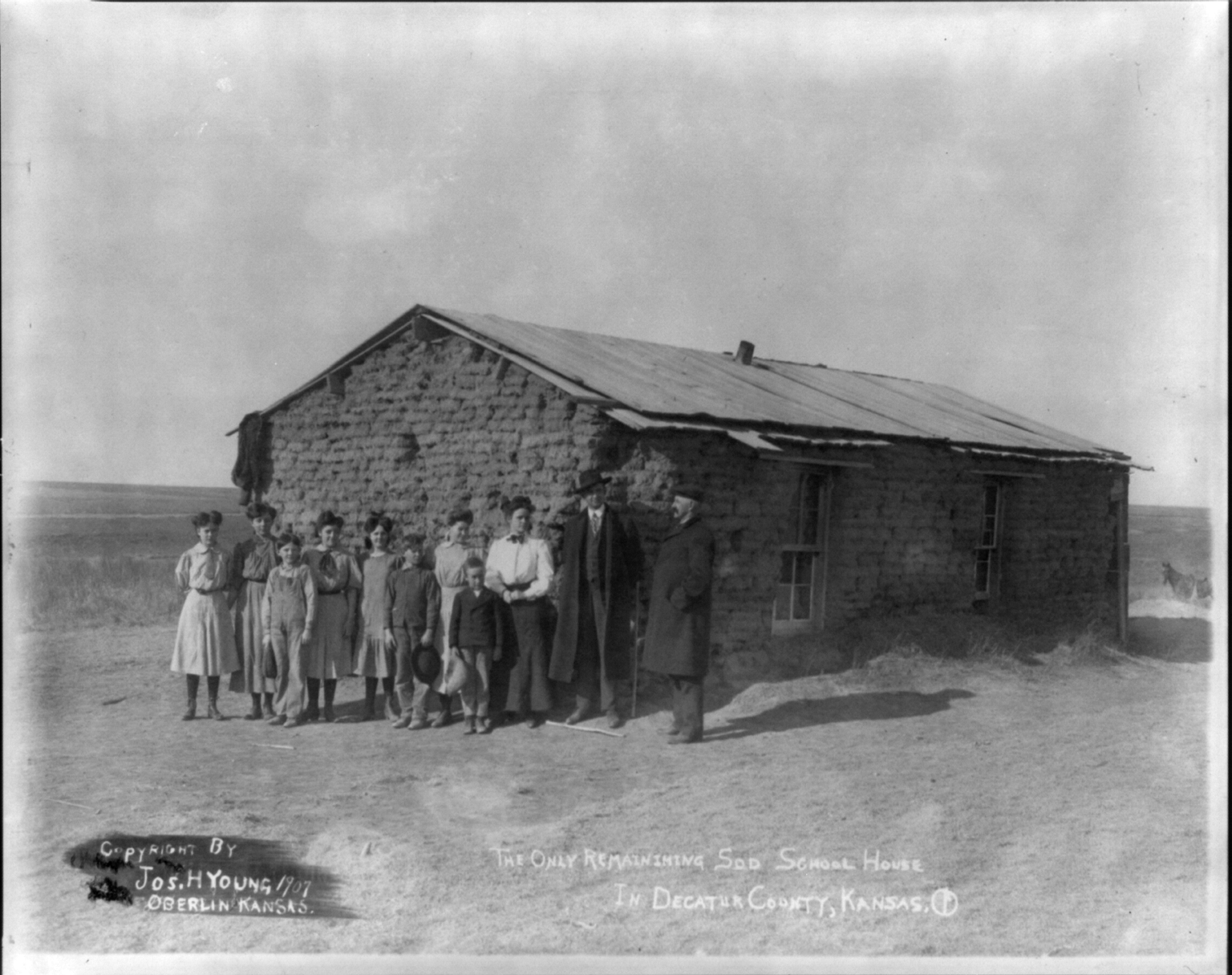
Only remaining sod school house in Oberlin, 1907 Photo credit: Josh Young -
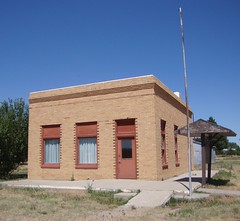
Old Post Office Dresden -

Old I.O.O.F. Hall Norcatur -
Last Indian Raid Museum Oberlin
History of Decatur County
Located in the Sappa Valley, Oberlin was originally founded as Westfield in 1872. in 1885 the town was incorporated as Oberlin and celebrated it’s 135th Anniversary in 2020.
Hopkins, Coburn, Playford, Porter and Griffin were the first men known to have established residences in the county. they were not however the first to prove up on the land and receive title to it. This honor goes to David Fherrad who proved up on his land October 4, 1873. The second deed was granted to J.A. Rodehaver, who received title on April 29, 1873 to the southwest quarter of section1, township3, range 29. He had the north one hundred acres surveyed and plotted in April, 1874. This plot was called Westfield, now Oberlin.
September 12, 1873, several families arrived in Oberlin among them Robert Riley and family, John Stiner and family. In the spring of 1874, a number of immigrants came into the southeast part of the county and settled along the Prairie Dog Creek. Warren Jennings was one of these, who arrived in April and for whom the city of Jennings received its name. John Green and family also came into Decatur County at this time.
The land office was located at Cawker City at this time, but was later moved to Kirwin and still later to Oberlin in 1881.
The mail and supplies were obtained from Cawker City although a short time later buffalo hunters would bring mail from Buffalo Park, a station on the Union Pacific Railroad.
The hardships these early pioneers suffered were certainly a test of the courage of the American people. Some of these early settlers tell about the food supply being corn cakes and molasses with what fresh meat the men could procure.
J.P. Rouse, who came to the Prairie Dog in 1879 freighted sup- plies from both Kirwin and Buffalo Park. On his way over he would pick up Buffalo bones to sell as there were “bone buyers” at these railroad stations.
The grasshopper invasion during this early period (1875) caused the people of the country severe hardships, as the hoppers destroyed all the growing crops, even completely taking a narrow strip north and south through the county.
The summer of 1876, a number of the people of Oberlin had an epidemic of typhus-malaria fever which caused a great deal of suffering but no one died of the fever.
As late as 1880 buffalo meat could be purchased in most any quantity for seven cents per pound. As the country became more thickly settled, the buffalo hunters pushed farther and farther west in following the diminishing herds. In the wake of the hunters another industry was born, an industry which entailed long, hard hours for little pay, but an industry which enabled many settlers to remain on their claims during the lean years of drought and adversities. The work of collecting the bones of buffalo killed for their hides, brought hundreds of dollars to the county. During the drought of 1880 teams were on the trails leading to the railroad with loads of bones every day. These bones were sold for $8.00 per ton. The bones were. shipped east and used for fertilizer.
A wagon was equipped with two sets of sideboards and filled with food for the men and boys and grain for the team. One man or two boys went with each wagon. It usually took three days 10 gather a load and get back home. Three more days were required to go to market and return. Each load was harder to find, the searchers working farther and farther west until buffalo bones for market were a thing of the past.
As the buffaloes were killed off, the range with its heavy growth of buffalo grass was left open for other purposes. Ranches were established in all sections of the county, but more along the streams and spring draws. Texas cattle men controlled many acres of range land for winter grazing and stopping points along the way as they moved their herds north. Many of these ranchers were supplying the government with meat for the Indian reservations. As the settlers moved in, the ranchers moved west. Settlers bitterly opposed the moving of the large Texas herds across the county as the herds destroyed their small patches of grain and feed. The first trail cross- ing the county was near Norcatur, but by 1878 the trail had been pushed nine miles west of Oberlin. Upward of three hundred thousand head passed over this trail every season. Most of these were driven to Ogallalah, Nebraska, on the Union Pacific Railroad.
As time went on organizations were formed to oppose the crossing of herds. A meeting was called for Saturday, April 30, 1881, to effect an organization to prevent the Texas cattle from coming through the county that season. Gove and Sheridan Counties were doing the same. A general meeting was held at Kenneth in Sheridan County, Saturday May 7, 1881. By the summer of 1884 the herd trails had been pushed as far west as Wallace, only a few miles east of the Colorado line. Wild horses roamed the prairies in early days, and as the settlers came in, a lucrative trade of catching and selling them sprang up. They could be captured by following them until they were worn down for the lack of food and water. In this condition they could be driven into corrals. They were shipped to eastern markets and sold as high as $15 to $25 per head. As the land was broken and fences built, the wild horses were driven out. Sheep, cattle, horses and hogs were plentiful and easily cared for. All the early, as well as later, settlers who made it a business to keep plenty of stock around them have made good, though as early as 1880 it was evident that stock raising by use of free range was over, and agriculture was taking a prominent part in the industries of the county.
The Board of County Commissioners passed a resolution on April 9, 1880, known as the “Herd Law”, prohibiting all meat cattle, horses, mules, asses, swine and sheep from running at large. Decatur was passing the first stages of the frontier. Cattlemen were giving way to the agriculturist.
Traer, Cedar Bluffs, Allison, Lyle, Leoville and Kanona remain as only landmarks.Oberlin, Norcatur, Jennings and Dresden are incorporated as third class cities.
Decatur County Kansas history booksAvailable for purchase in the County Clerk's Office.
$30.00 each, payable by check or cash
Decatur County Kansas history books
$30.00 each, payable by check or cash
